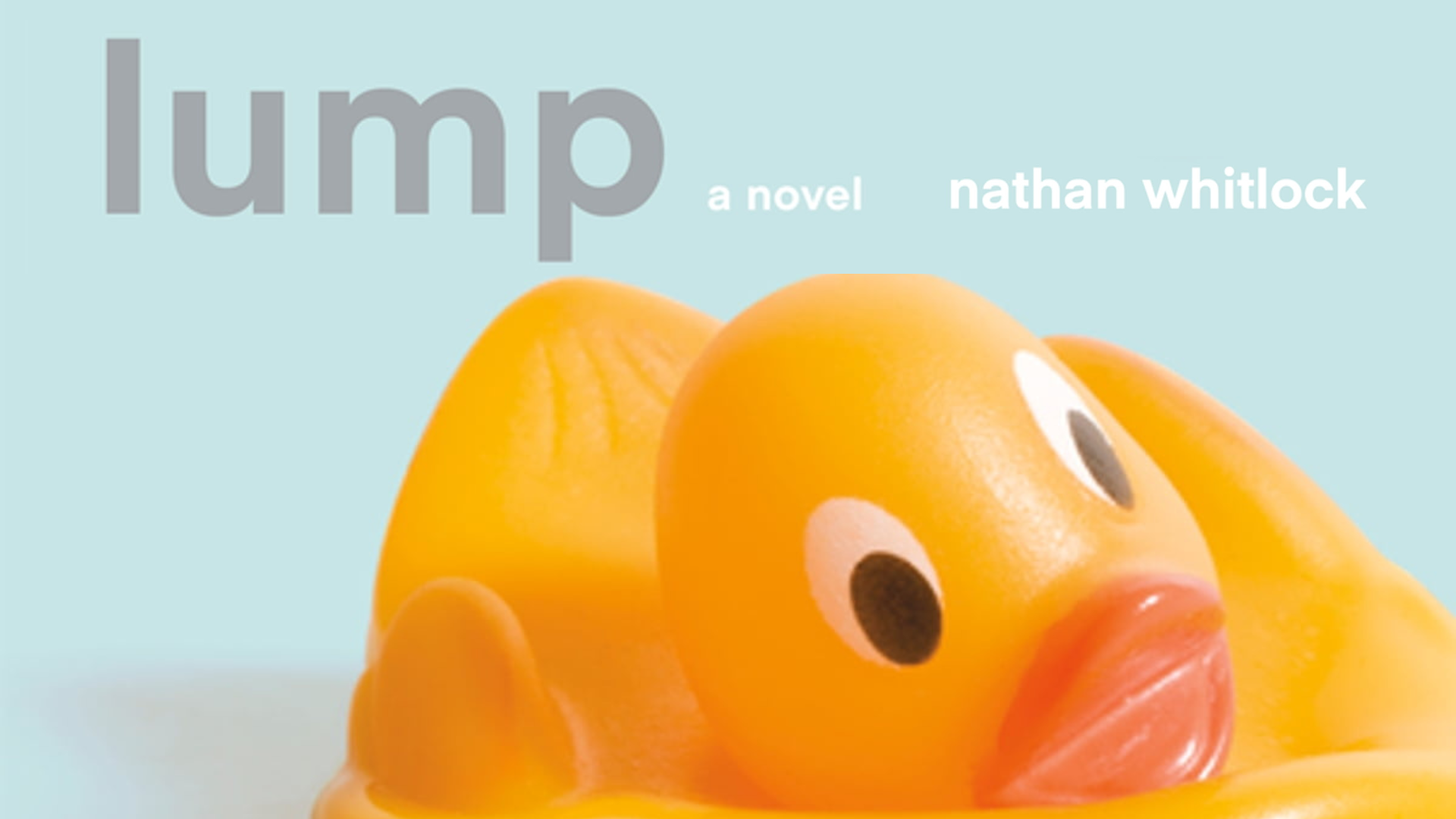Media tropes, cinematic metaphors, or simply the common themes which we see across genres of entertainment have engineered the foundational societal understandings of how particular groups of people, genders, or general happenings are presented.
We live and operate in a society centred around media consumption. Whether it be books, film, or TV, we each consume copious amounts of fictitious entertainment. As someone who probably reads a little too much and watches films like it’s a part-time job, I find it fascinating how conventions within writing have been used for hundreds of years to discuss taboo ideas.
A particular trope which recently came to my attention is the “Bury Your Gays” trope. With increasing public attention and its growing recognition in contemporary society it has, of course, sent me a little bit of a spiral trying to discover the confines of this trope and gain a better comprehension of its historical basis.
The “Bury Your Gays” literary trope which appeared in the late 19th century, has since entered popular social discussion resulting of the aggressive social outcry which followed the on screen death of popular The 100 character in 2016. Prior to its widespread identification in the late 20th century, the trope was already heavily in use. Utilized during periods in which homosexual relationships were illegal, this trope would allow authors to integrate homosexual relationships without falling under public scrutiny or having their materials deemed inappropriate for public use.
Often those who employed this type of trope spent copious amounts of time establishing same-gendered couples. Eventually, the audience sees the death of one of the lovers present in the same-sex couple. This death is then quickly followed by the surviving individual entering a heterosexual relationship. Following a patterned narrative, characters are seen to confess feelings for one another or enact some type of physical interaction, whether it be a kiss or otherwise, it subsequently solidifies their relationship only then to see one of the two die in succeeding pages, or within minutes of their on-screen realization.
Examining the causation of this trope, the social crisis that resulted in AIDS acted as a catalyst, accentuating the pertinence of the trope in media, as evidenced in movie productions, like the 1993 film Philadelphia.
This trope has been identified across a multitude of literary and media platforms and is far from a new phenomenon. As of recently, with onscreen death totals rising, the notion of the “Bury Your Gays” trope is a convoluted audience perspective. With much of society reliant on film, books, and TV shows, it is only fair to assume that tropes such as this thrive. The “Bury Your Gays” trope, which is exhibited in a variety of contemporary media including popular shows like The House of the Dragon or Killing Eve, is a curious by-product of an overly evolved social necessity. That which was once a tool for representation has since outlived its relevance.
Currently, discussions of the “Bury Your Gays” trope are based around issues of representation. Being so, it may be proposed that the insistent “killing-off” of LGBT characters reinforces a singular importance of heterosexual narratives. While fan bases themselves do not possess the ability to dictate narratives, and we each choose what we want to watch, it begs the question of whether we are continuing to disproportionately remove gay individuals from the stories they were written into?
Personally, as someone not studying English, linguistics, or contemporary media, but obsessed over social patterns, it is almost amusing to consider media tropes such as this. Noting that something which started out as a way of fashioning narratives counter to that which was socially acceptable has since evolved into such a prominent aspect of contemporary media and now personifies a popular trope referenced and discussed within society.





%20-%20Amelia%20Takacs.jpg)




.png)


.jpg)




.png)


.png)